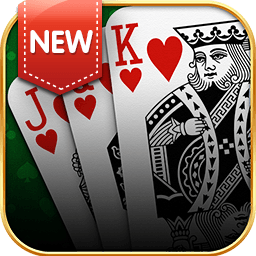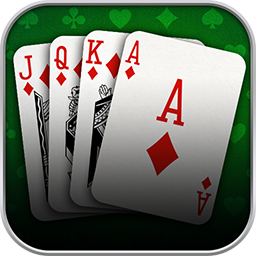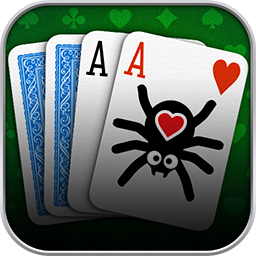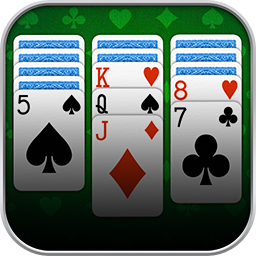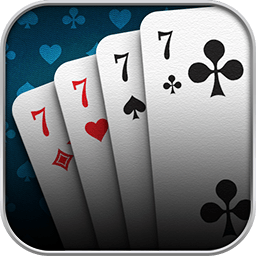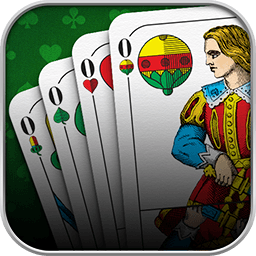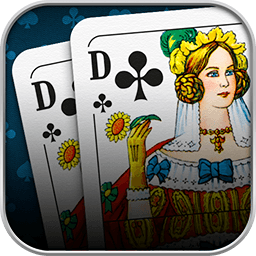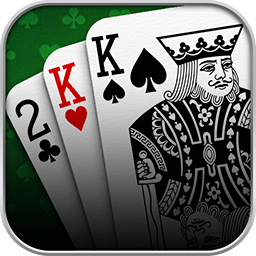The Invention
The history of most classic card games is fragmented and full of holes. They typically developed over the span of several decades or even centuries, going through many changes, branching into separate games. Often, little to nothing is known about the inventor. In contrast, the history of Canasta is young and well documented.
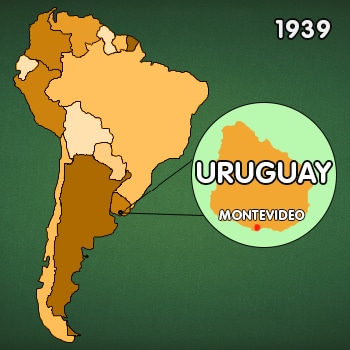
Canasta was developed only in 1939 in Montevideo, Uruguay. Back then, Segundo Santos, a lawyer, and Alberto Serrato, an architect, were Bridge partners. They wanted to develop a card game less time consuming than Bridge, which was popular at the time, and less dependent on chance than Rummy.
So they began pondering how to combine the exciting elements of the games Bridge, Rummy, and Conquan (or Coo Can) in one new game.
They considered the games’ elements teamplay, forming melds, adding to melds, and the option to buy the whole discard pile to be the most interesting. For weeks, they experimented with different variations of these elements.
The result was Canasta, a game played with alliances of two players and thus a more tactical and interesting variety of Rummy. Following their own tests, they introduced friends to the game.

Right away, their friends were enthusiastic and wanted to know the name of this new game. The two inventors were not at that point yet and improvised. They often held their test games at a restaurant and borrowed a little basket, Canastillo in Spanish, for their cards from the waiter. After a bit of wordplay, the bulky Canastillo turned into Canasta – well sounding, easy to remember, and the spanish word for basket.
The Rapid Global Expansion
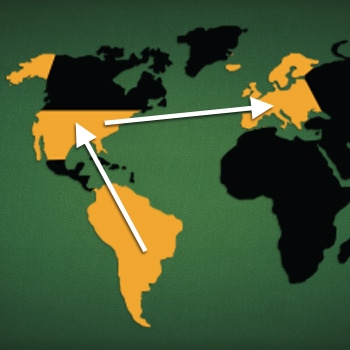
Canasta thrilled Uruguay first, then Argentina, Chile, Peru, and soon all South America. The leap to the USA, however, did not follow immediately. The cause was, presumably, World War Two as a result of which air traffic between South and North America was severely limited. With some delay, Josephine Artayeta de Viel finally brought the game from South America to New York in the USA. The initial success picked up again, and soon Canasta was being played all over the Americas.
Soon after, the game came to Europe via Great Britain. In the mid-fifties, Canasta ranked among the most famous card games in the world. The global expansion triggered the development of different Canasta variations; Samba Canasta being an especially popular one.
Standardization of the Rules
In the meantime, so many varying rules had developed that beginners could never be sure which set of rules was preferred. Thus, the New York Regency Whist Club determined and published the official Canasta Rules between 1949 and 1951.
The compilation of this set of rules was a collaborative effort by game experts from the USA and Argentina. After standardizing the rules, the situation improved noticeably. Today, this set of rules is used predominantly. Additionally, the variants Samba Canasta and Bolivia Canasta were established and kept alive until today.
At the Canasta Palace, the rules are based on the rule set of the official New York Regency Whist Club.

Invention Without Commercial Success
The lawyer Segundo Santos invented Canasta as an alternative to the time-consuming Bridge. He did not intend for it to become a commercial product, nor did he expect it to be a global success.
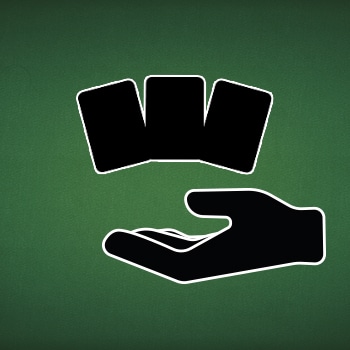
He also knew it would make no sense to copyright the rules of Canasta. In the end, that would have probably prevented the global success: Companies would have published rulebooks with slight variations to bypass the copyright. This kind of processes would have harmed the game, especially at the beginning of its development.
So, it came about that the two inventors could never capitalize on their brainchild.
Nevertheless, some companies were able to generate capital from the Canasta hype. Card decks, books, coffee mugs, ashtrays, and many other things were sold.
And now after taking in the history, it is time to return to the present. Feel free to try out Canasta at our Palace right here, right now. But if you want to learn how to play first, check out our Canasta manual or read the Canasta Lessons for tips, tricks, and Canasta strategy.
